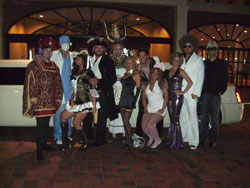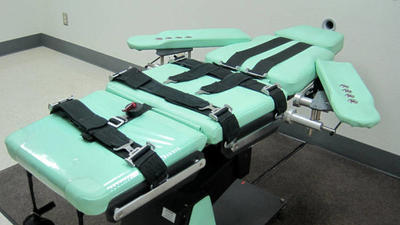
Lawson Tate and received additional training in Berlin, New York, and the Mayo Clinic from 1885 to 1890. The first appendectomy in the USA was not performed until around 1887. Leake founded the Leake Sanitarium for surgical cases in the early 1890s and was one of the first physicians in the Southwest to perform an appendectomy. He was a member of the Confederate Army in Alabama and attended medical school at Louisville Medical School from 1867 to 1869, approximately 20 years before Dr. He was born in Yazoo City, Mississippi, in 1847. Leake was a pioneer surgeon and specialist in Dallas and the Southwest prior to 1900 (Figure (Figure4 4). He is credited with moving surgery from the home into the hospital. Leake had moved to Dallas that year and began to specialize in surgery as a field separate from general medicine. The first private infirmary in Dallas was constructed in 1875 and was owned by Dr. The city health officer was the one primarily responsible for the hospital. No one was available to pick up dead animals. There was no indoor plumbing, and sewerage was a problem. Later a woman's facility and kitchen were added. It was located on the corner of South Lamar and Columbia Streets. The building was approximately 50 × 50 feet, housed 18 people in one room, and cost $250 to build. The City Hospital was a single room built on a piece of property owned by Mr. In 1874 the first City Hospital was built (Figure (Figure2 2). The first railroad came to Dallas in 1872, which later accounted for explosive growth of the city ( 5). It was located at the corner of Houston and Main on the west side of the city square. They carried their drugs with them since the first drug store in Dallas was not established until 1855 by Frank A. If they traveled out of city limits by horseback, they could charge 50¢ per mile. Physicians were informed that the average office fee was $1 and a home visit was $2. Physicians performed the only operations known to pioneers, which were amputations and treatment of wounds in the home. Momand was severely reprimanded for attempting an operation on a horse ( 4). These “specialists” were much more at ethical risk than so-called “primary care physicians.” There were some ethical restrictions: for example, Dr. The physician received some ethical instruction and could be called a “specialist,” although none were trained as such. When a physician received a diploma, it was registered with the county clerk or with the health officer. Rosser returned to the University of Louisville to finish his second year of medical school in 1888 ( 4). This was a common way to finance medical school education. Rosser, who was considered the founding father of Baylor University College of Medicine–practiced medicine between their first and second years of medical school. Students who passed the examination were eligible to legally practice medicine. However, to practice medicine it was not necessary to have a diploma but merely to appear before a district board appointed by some judges and successfully answer some questions. Medical school was only 2 years thus, a student could have a diploma of medicine 2 years after high school graduation. It was fairly easy to get into medical school by today's standards, since only a high school diploma or the equivalent was required-and that meant applicants could have as few as 8 or 10 high school credits. The primary industries were cotton production and railroad transportation. The population of Dallas in 1850 was approximately 1000, with 430 families ( 3).

The city was not officially incorporated until 1856. The following year, 1846, Dallas was named temporary seat of Dallas County, which was named for Vice President George Mifflin Dallas.

Four years after Dallas was founded, Texas became the 28th state under the governorship of Sam Houston. The board met annually to evaluate credentials and reputations of physicians ( 3). The Republic of Texas had already passed a law creating a Board of Medical Censors on December 14, 1837. There were no hospitals, and physicians might ride a horse several miles to get to their patients. There was no surgical specialty since all physicians were known as physicians and surgeons. Early physicians often had other jobs, mostly as farmers, as Dr. Cole Avenue, the street where he practiced, was named for him in 1882 following his death in 1850. John Cole, originally from Virginia, moved to Dallas from Fayetteville, Arkansas.

He settled at Cedar Springs and was killed by Indians the following year in Collin County. Calder became the area's first physician. From the collections of the Texas/Dal las History and Archives Division, Dallas Public Library. John Neely Bryan, founder of the city of Dallas, with wife, Margaret.


 0 kommentar(er)
0 kommentar(er)
